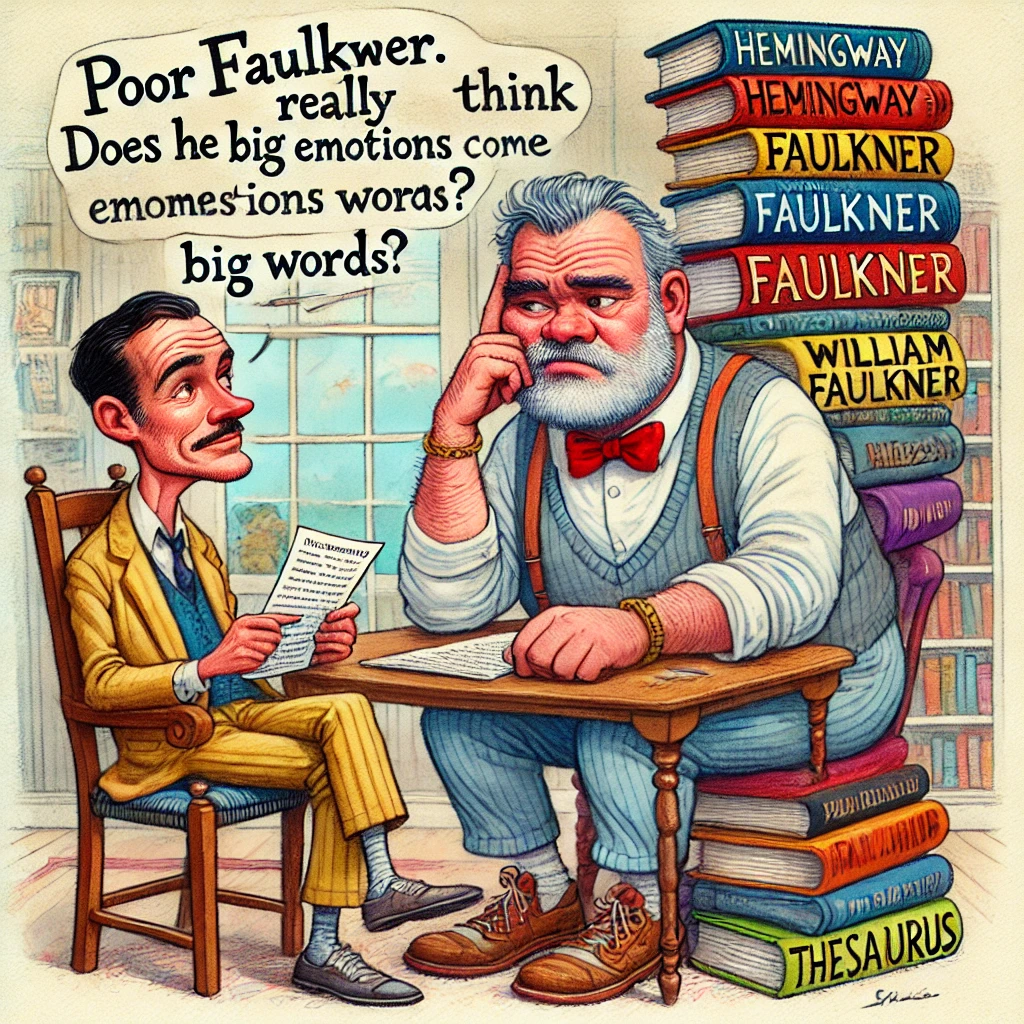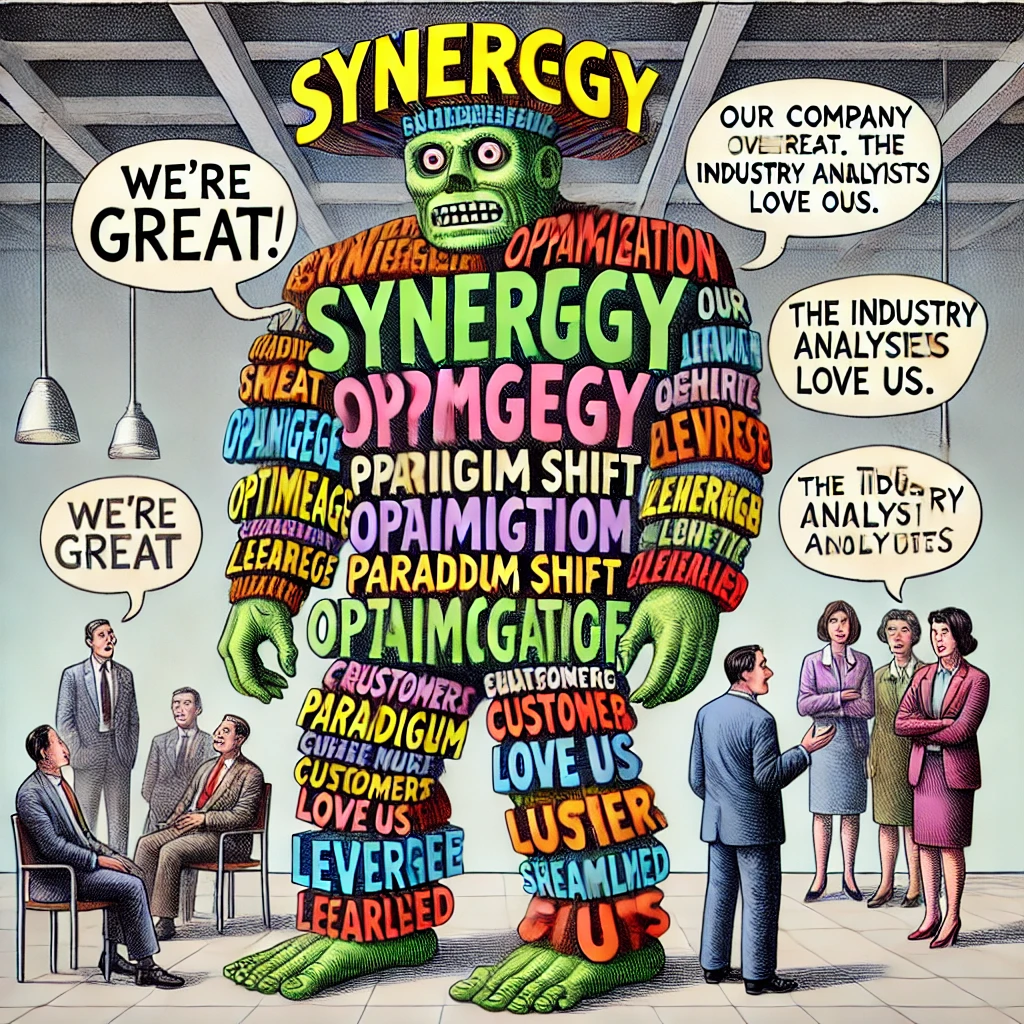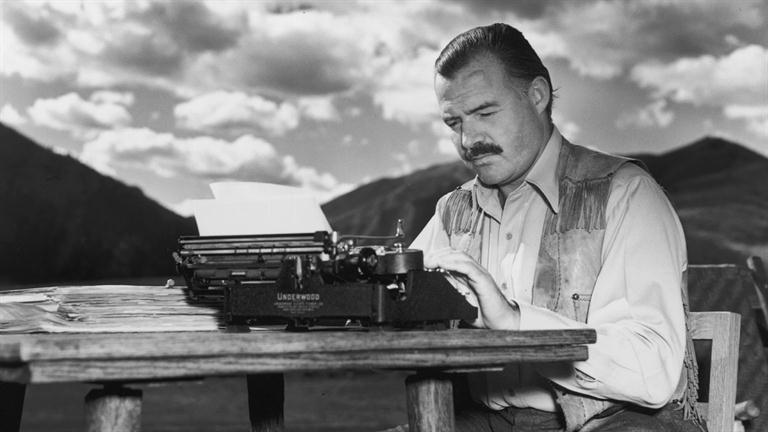Hemingway’s Rules of Writing Still Work
(This article was written for PR and Market professionals. But these rules are solid for anyone needing to communicate effectively.)
I’ve hired fresh Marketing and PR grads and found most unprepared for today’s fast-changing communication landscape—not due to their education but the industry’s rapid evolution. Blogs, social media, vlogs, podcasts, SEO, and more—keeping up with the tech alone can be overwhelming.
Complex and Under-appreciated
It’s a skill and art that is complex, under-appreciated and, as far as I can tell, under-emphasized by schools. Or—if you have the teeth-pulling, Novocain-less pleasure of reading many press releases—companies, for that matter. Why is that? One of the main reasons is …
It’s Complex to Write Simple These Days
Ernest Hemingway had a clear understanding and vision of writing simply and effectively when he discussed the four rules of writing he learned as a journalist at the Kansas City Star.
Hemingway Four Rules
(well, not really, they were the Kansas City Star’s actually)
- Use short sentences.
- Use short first paragraphs.
- Use vigorous English.
- Be positive, not negative.
“Those were the best rules I ever learned for the business of writing,” Hemingway said in 1940. “I’ve never forgotten them. No man with any talent, who feels and writes truly about the thing he is trying to say, can fail to write well if he abides with them.”
These rules still work. Rarely used. But still, work.
However, in defense of most PR practitioners and writers today, Hemingway didn’t have to contend with the New PR. SEO PR. Google News. Yahoo News. He didn’t need to be Facebooked, Redditted, Liked, Googled, Tweeted ( X’ed), Retweeted, Instagrammed, blogged, etc…
From Their Eyes
For just a second, step into the shoes of a new PR practitioner, right out of school, or even an experienced practitioner, who has not kept up with the rapidly changing online PR processes and communication tools.
![]()
The first thing (and it would be super if this happened) they might hear about is the Hemingway rules above. That’s probably a stretch. But they might hear something like, “to effectively use all the new technologies and communication tools in ‘New PR,’ you have to be able to write simply.”
Hemingway’s Philosophy 
Keep It Simple: You don’t need a thesaurus to move readers.
Let’s start with the simple. A simple press release. Doesn’t get much simpler than that, does it?
Simple?
What’s simple? Well, that’s easy, simple is simple. Easy-to-read, easy-to-understand, with specificity and authenticity. Elegant simplicity will build trust and credibility for you and your organization. Wow—that is simple. Sounds simple anyway. However, I forgot to add …
Headline
Make your headline less than ten words with an imperative verb. Try to keep it to 65 characters if you can so it’s not truncated by search engines. Oh — include a key word or key phrase (average search term is 2.67 words long) in that title for the search engines—and not just for the web search engines. “News search engines” have different algorithms than the normal web-based engines.
Of course, that’s simple. Everyone knows that, even a freshly minted Grad student. Don’t they?
Subtitle
Amplify the title. Try to include a keyword or key phrase here too, if possible. Test it for effectiveness. How strong is your keyword – your key phrase? Do you know? (Or, do you even know how to test it, might be a better question?) But … also make it interesting, funny, mysterious, appealing, compelling … simple, easy-to-read and easy-to-understand.
Got it? Simple. Next …
Body
Include a keyword/phrase in the first 50 words of the release (because you’ll be lucky if most journalists will ever get that far, so give it your best shot). Embed hyperlinks in the body of your press release to help draw your audience (prospects/media/analysts) into your story – prompting them to visit your website or respond to a call to action.
Doesn’t get much simpler than that.
Frankenquotes
Yes, they’re boring. But you will use them. Hardly anyone will ever read them (except the Frankenquoted person). I’ve included some below culled from actual new releases so you have a better idea what they are— just insert your company or executive’s name. Freebies from me. No need to thank me.

We’re Great!
“We’re Great.” “Our company is great.” “Our customers love us.” “The industry analysts love us.”
Remember the Rules!
Remember, though, you still have to make it interesting, funny, mysterious, appealing, compelling, simple, short, easy-to-read, easy-to-understand and use specific keywords and phrases.
Boilerplate
Does anyone ever read this? Hardly ever.
Under-Boiled and Under-Valued Piece of PR Real Estate
However, the boilerplate is one greatly undervalued piece of PR real estate. Do not, I repeat, do not repeat any of your Frankenquotes in your boilerplate. But do use the Four Hemmingway Rules of Writing to answer the four questions that any reader wants to know;
- What do you do?
- How do you do it?
- Why are you different?
- Why should I buy from you?
Reinforce those four questions with embedded hyperlinks back to your website with specific and credible information to back up your statements.
Money Makes You a Better Writer
We’re almost done with the simple press release. The important fact here – You also need to do all of the above in 400 or fewer words. Now, I know what you’re thinking: ‘What!?’ You inherited a corporate boilerplate that was 2,400 words long by itself! Why under 400 words? Typically the wire services charge you around a dollar per word after 400 words. Ouch.
Spend the money like it’s your money. It will make you a much better writer, better businessperson, and a more responsible and trusted employee.
Delete the 2,400-word boilerplate. Concentrate on a great, eye-catching headline that’s less than ten words long with a keyword/keyphrase. Nail the story angle with elegant simplicity in the first 50 words.
Money can make you a better writer … But only if you write like it’s your money you’re spending.
Whirling Dervish of the New PR/Marketing World
Writing simply is hard. It is far easier to write long, complex pieces, believe it or not. But like it or not, writing simply is THE KEY to effectively communicating within this whirling dervish of a new PR world.
Good Can …
A good writer can adapt, learn, and flex with the new PR technologies.
Bad Can …
An unskilled, lazy, or bad writer with a great knowledge of the new PR technologies can trash your credibility to a worldwide audience quicker than a supraluminal tachyon (a hypothetical quantum particle that never travels below the speed of light … Hey, I worked for a tech company).
Part Skill – Part Science – Part …
Writing for the new PR world is part skill, part science, and part art.
The Art Part
The “art” part is putting the pieces above together so they’re interesting, appealing, compelling (take a digital breath here, breathe in, breathe out), easy to read, and easy to understand….
- Short sentences.
- Short first paragraphs.
- Vigorous English.
- Positive, not negative tones.
Simple isn’t it?
And that was just a press release.
My Favorite Writing Rule?

Write Drunk, Edit Sober
Though often misattributed, this sums up Hemingway’s commitment to free-flowing creativity followed by disciplined refinement.
Translation: Let your ideas flow freely, but edit them ruthlessly.
Or… just write drunk and edit sober.
###


